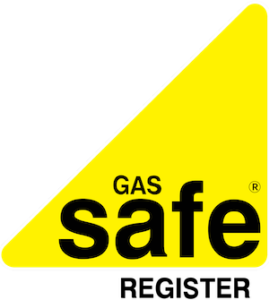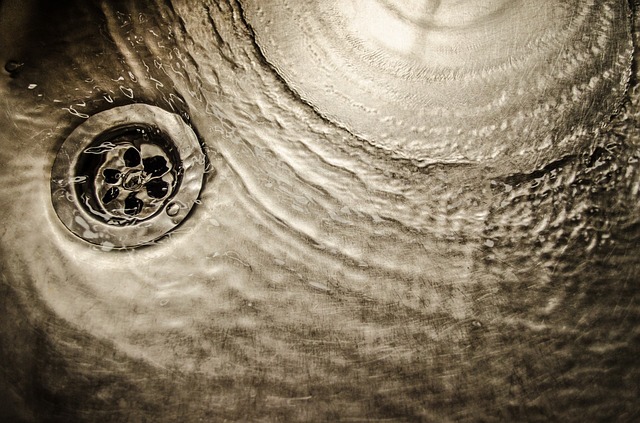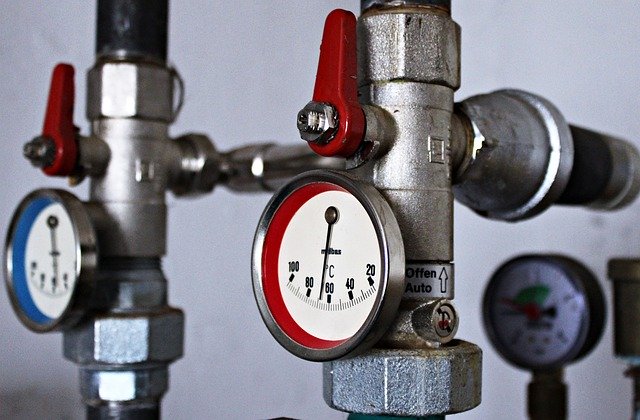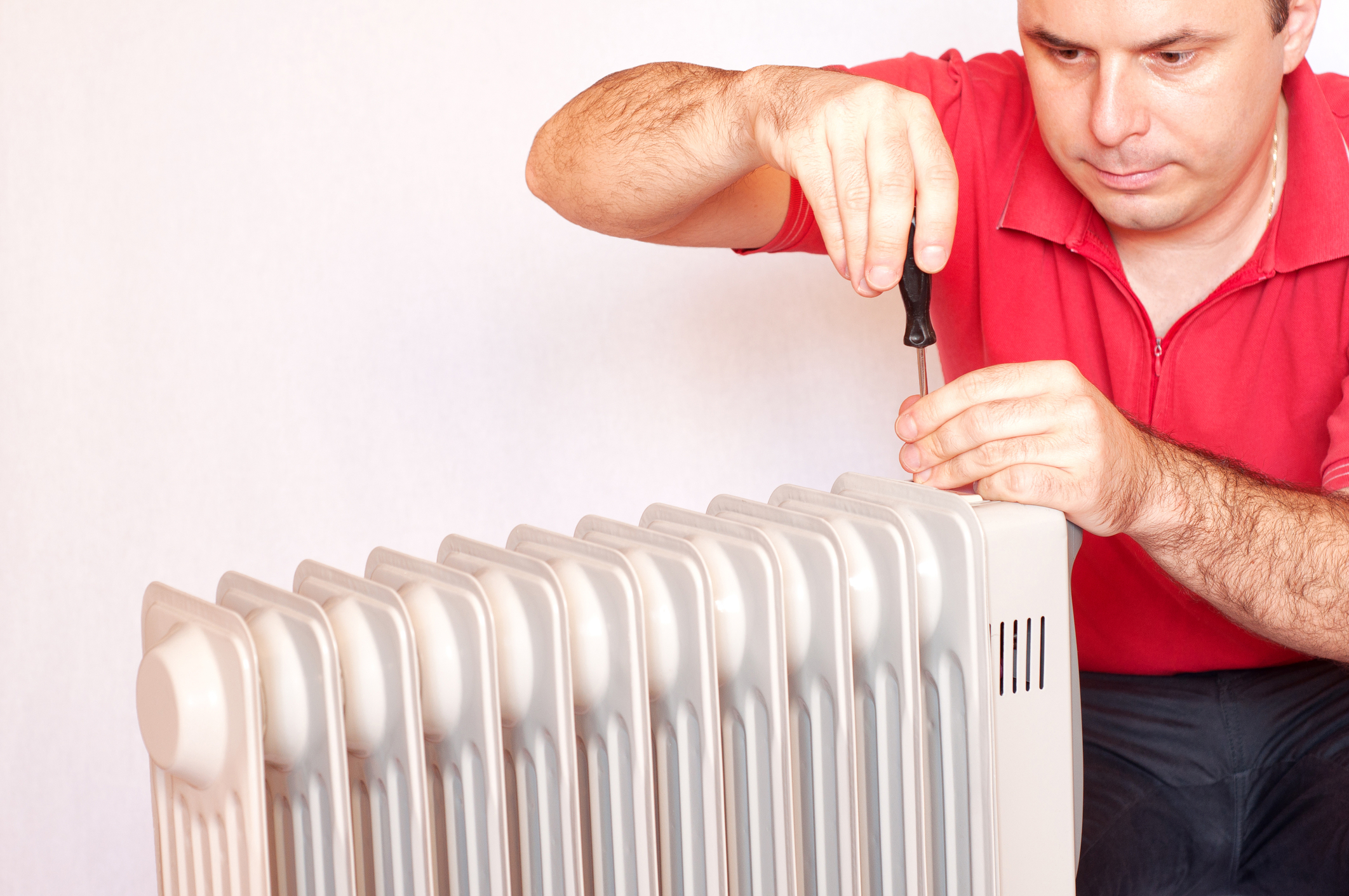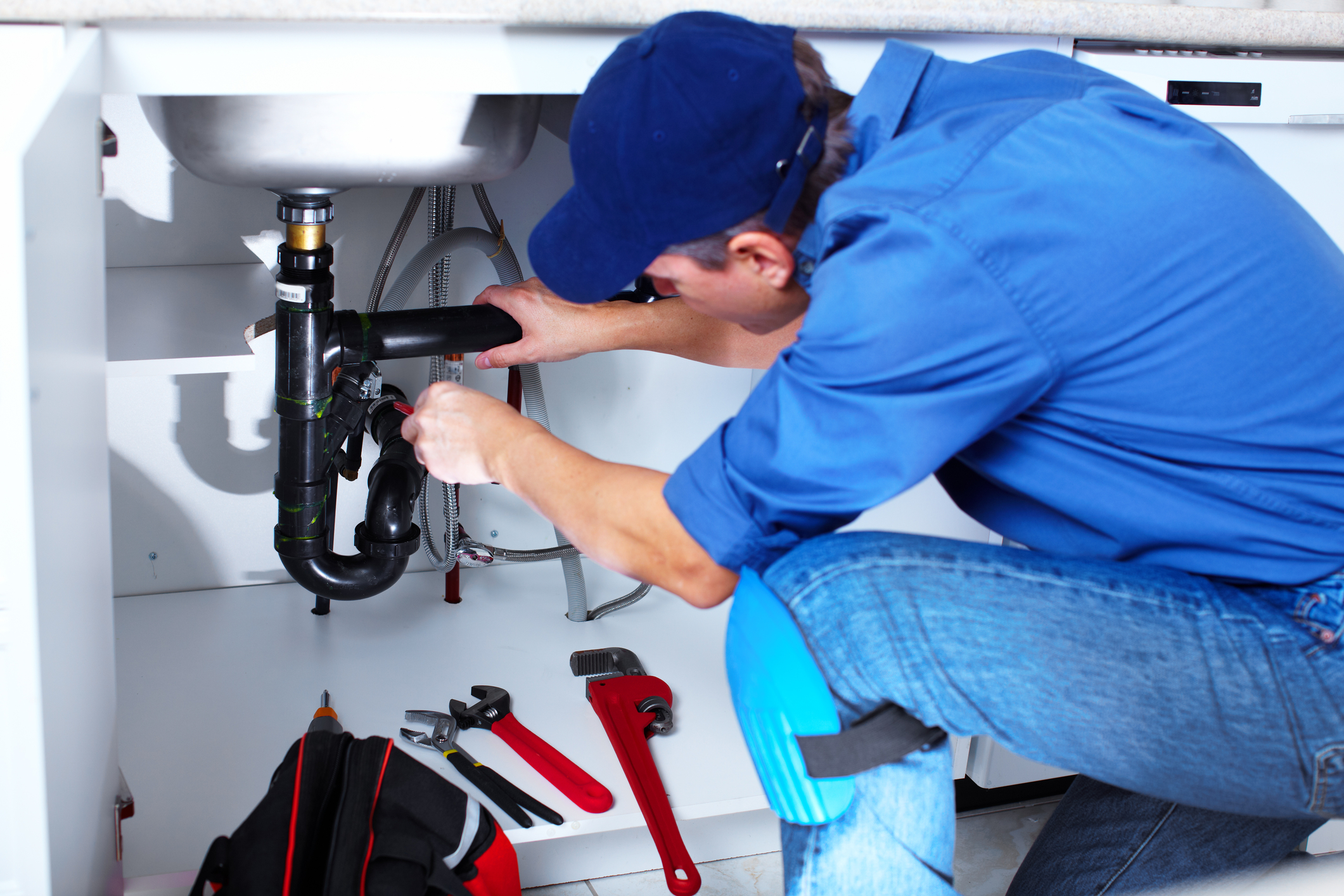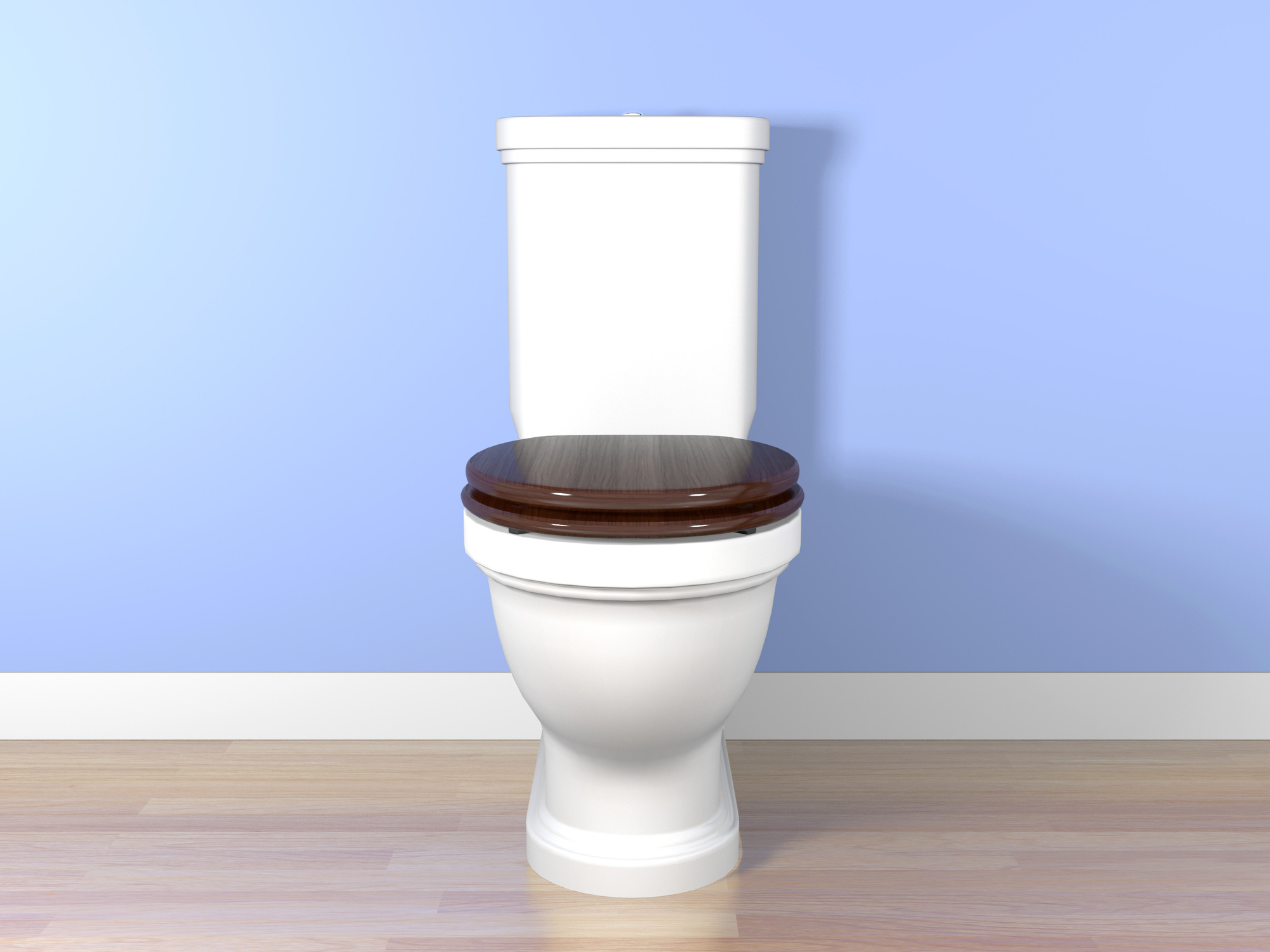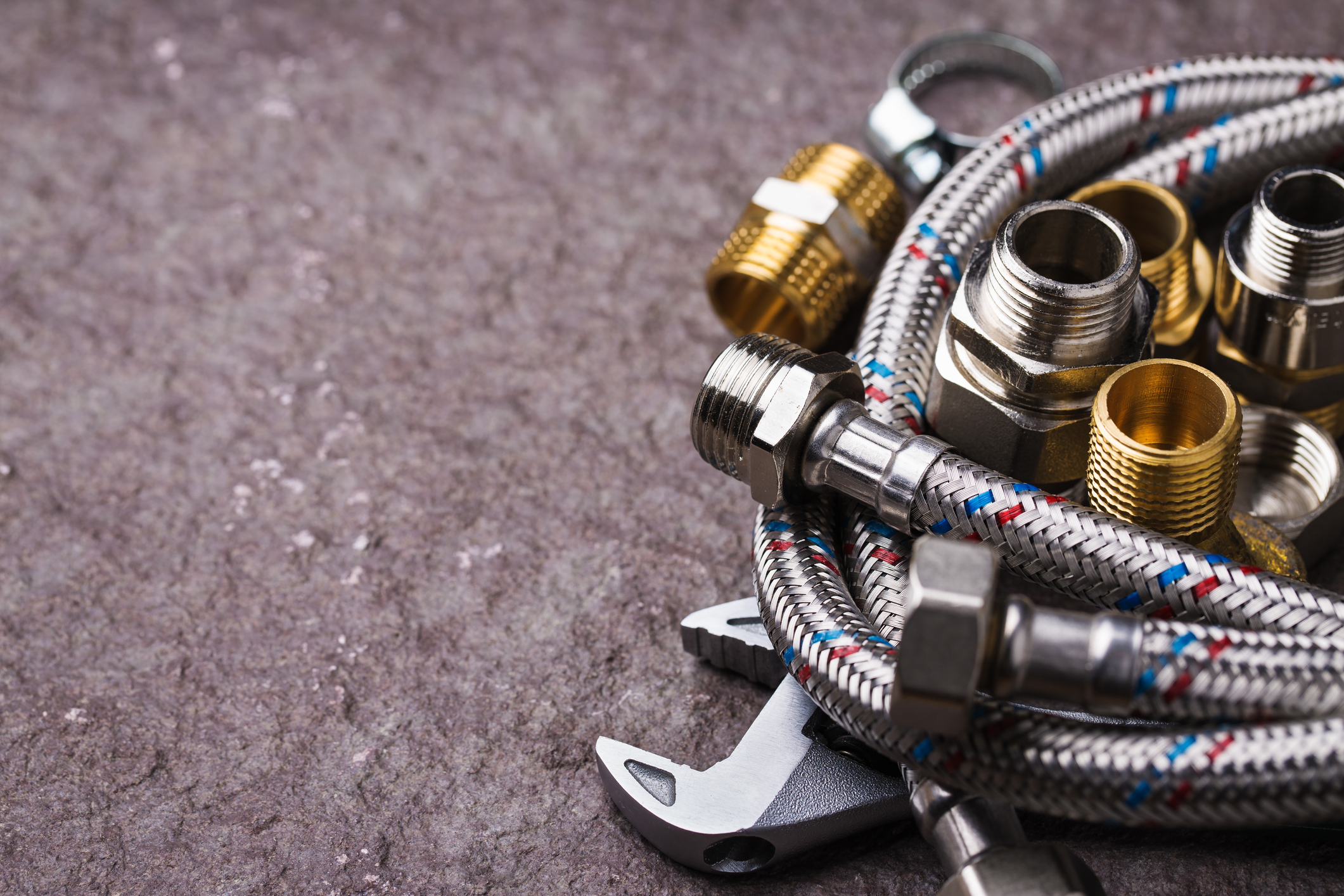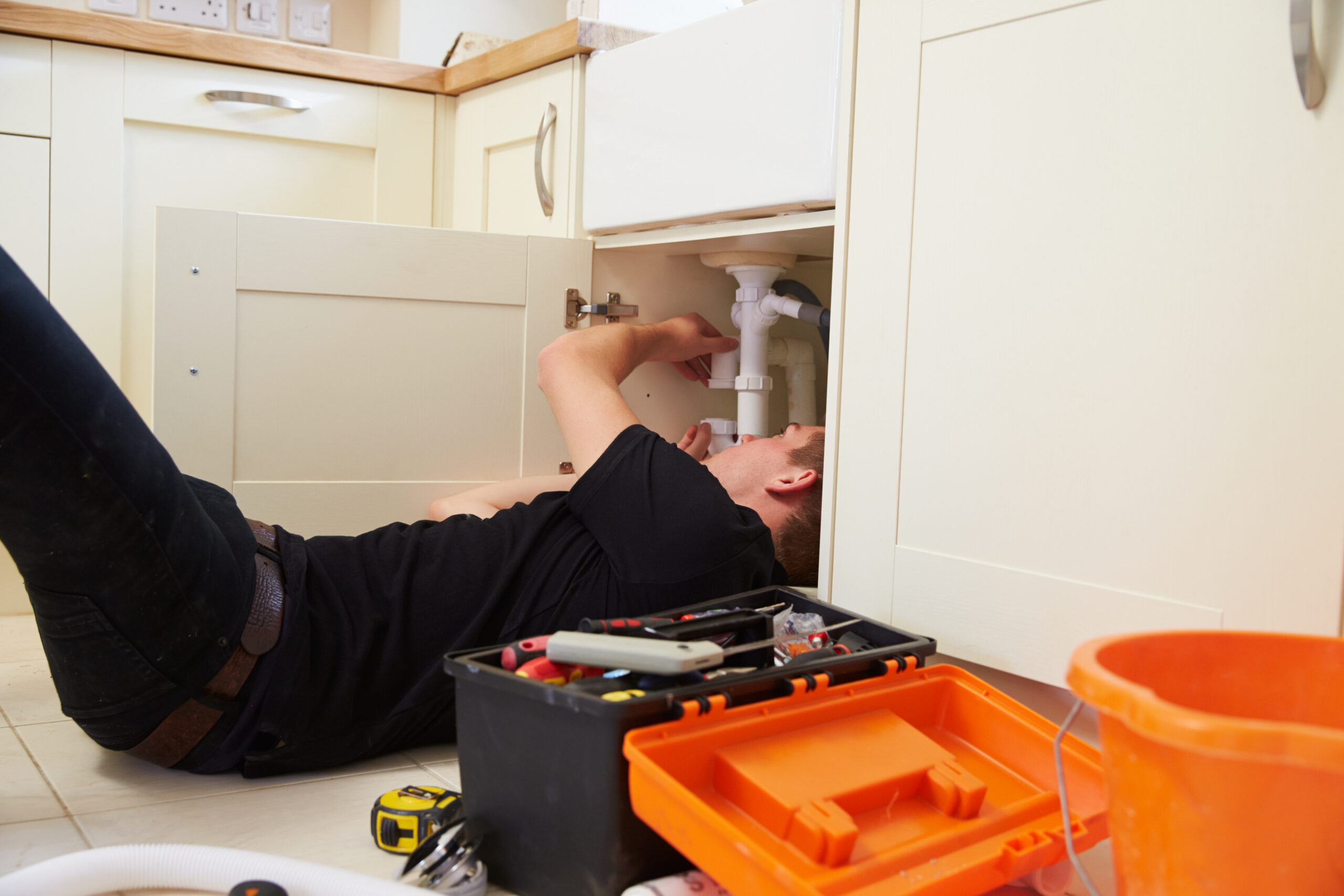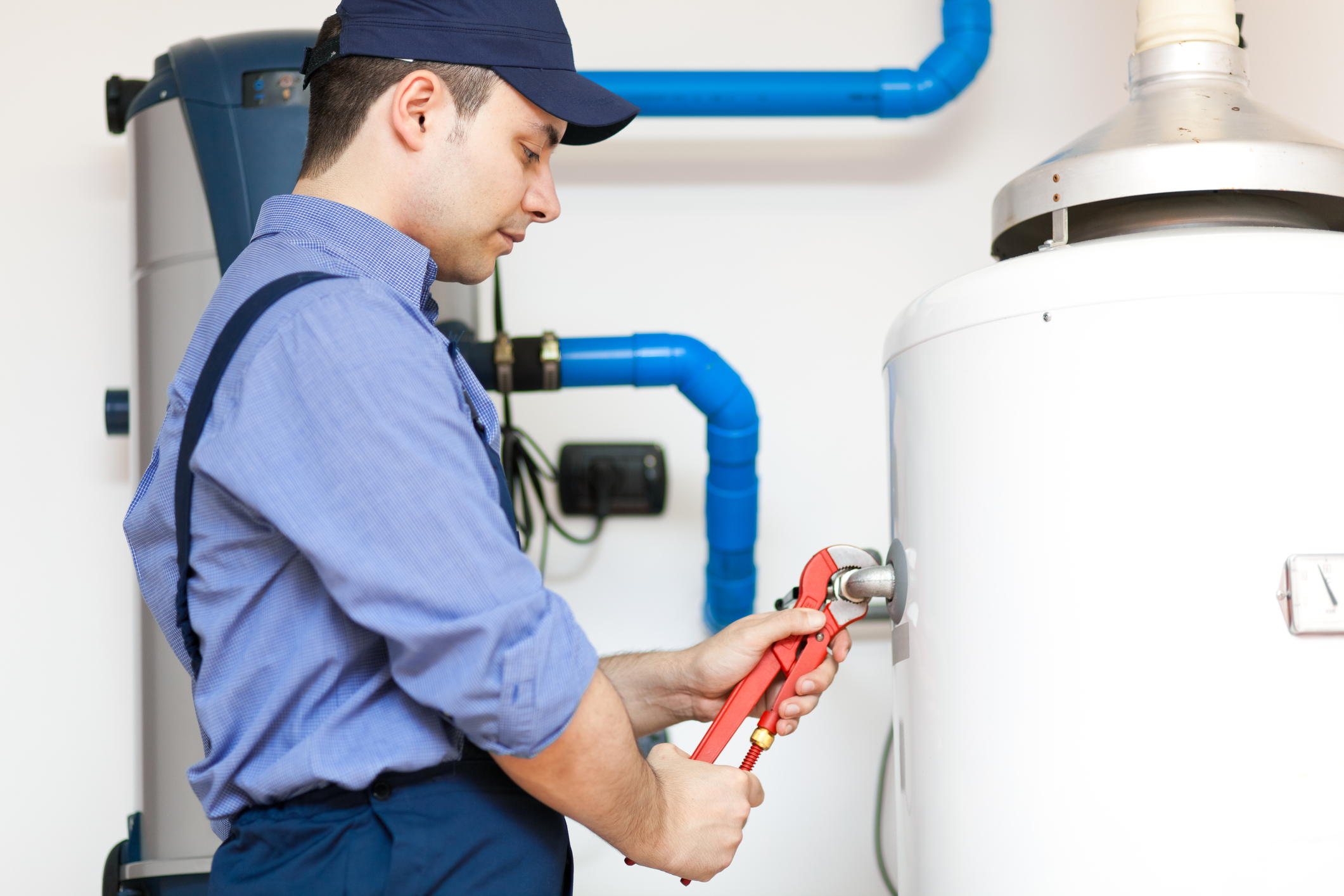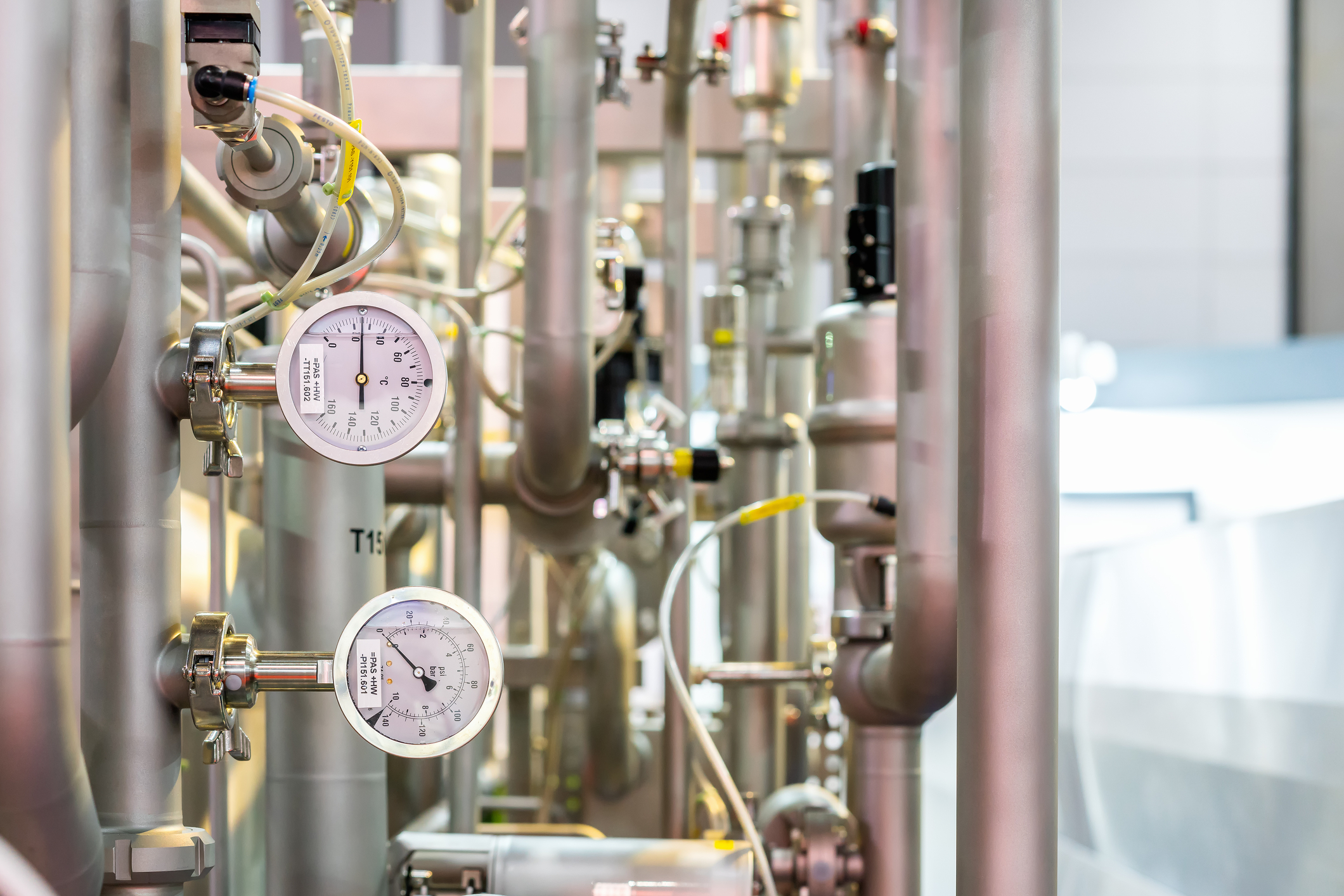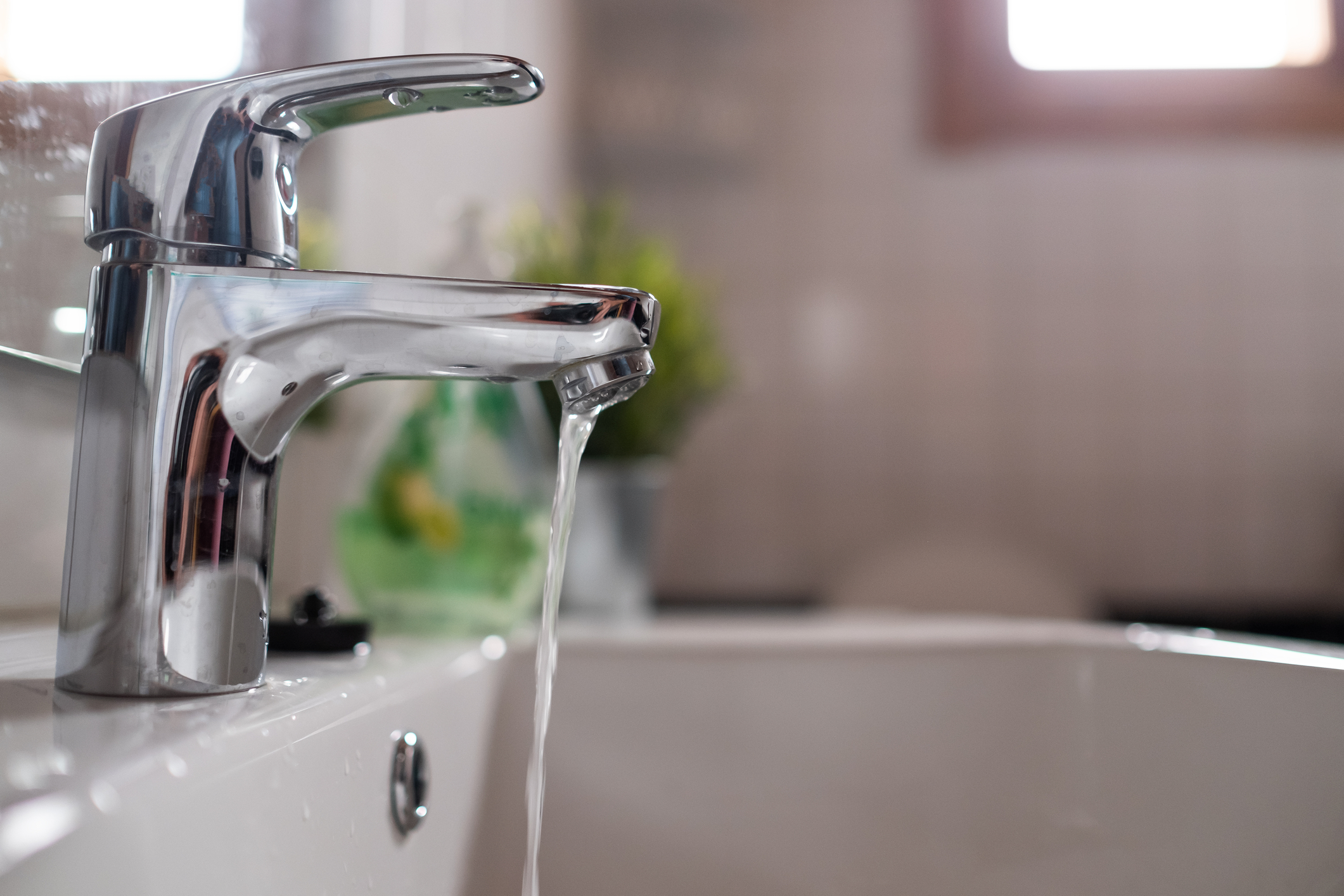A blocked shower drain can significantly affect your bathroom schedule. Just how many days can you last without having to take a shower? Do you know how to unblock your shower drain? You’re probably thinking. It’s simple. Just pour a bottle of drain cleaners down the pipe, give it a few minutes, and flush it out. Easy-peasy, lemon squeezy, right?
Nope.
Why Are Commercial Drain Cleaners Bad?
While it may seem like an elegant and inconvenient solution, drain cleaners are not recommended by professional plumbers. Drain cleaners are made up of sodium hypochlorite, sodium hydroxide, and potassium hydroxide, among other harsh chemicals. These chemicals have corrosive properties that can rid your pipes of most blockages.
When poured down a drain opening, the chemical reaction removes the block, usually made up of hair and soap. Unfortunately for your pipes, the drain cleaners also thin them out. Harsh chemicals, when used too often, takes its toll on your pipes. You may end up with micro leaks, or worse, a flood.
Additionally, drain cleaners also let out toxic fumes that you and your family can inhale. It is also a known nose and eye irritant.
Here, we will discuss seven alternative ways to unblock the shower drain without using drain cleaners. If it’s your toilet that is the problem, read how to unblock a toilet here.
Find the best local plumbers in the UK!
Pour Boiling Water Down the Drain
You would be surprised at how many blockages can be fixed with a pot of boiling water. Shower drain blockages are, more often than not, caused by hair and soap buildup in your pipes. Hot water can melt the soap and grease that’s in your pipes.
Just boil some water and pour it down your drain. Make sure that you use a funnel, so you don’t spill on the floor and splash yourself with hot water.
If your pipe has a serious blockage, then the hot water trick will probably not work. However, it will soften or clear the blockage a little, making it easier for the rest of the methods underneath to work.
Use a Plunger
The toilet plunger is one of the most common solutions when it comes to blocked shower drains. It’s cheap and does not require any technical know-how. Just get in there and plunge vigorously until you can suction the blockage out. Once you have cleared the backup, make sure that you install a shower drain cover so it can stop the hair and soap bits from falling so quickly.
Line the seal of your plunger with some petroleum jelly to create a tight vacuum seal, making it more effective.
Baking Soda + Vinegar
If the old plunger doesn’t work, then it’s time for a little chemistry without the harsh chemicals, of course. Baking soda is not just for baking. Everyone knows that. You can use it to create volcanic papier-mâchés, remove rust from your pans, or even take out the musty smell from your refrigerator. However, baking soda has another use.
Combining baking soda and vinegar might sound like a 4th-grade science project, but it will get your blockage out of the way. Pour a cup or two of baking soda down your clogged drain. Afterward, add the same amount of vinegar. Give it up to an hour for the reaction to work out your blocked pipe and then pour boiling water down the drain.
Take the drain cover off and pull out the clog by hand.
So the baking soda and vinegar didn’t work. Forget science. It’s time to go caveman and just get in there. Wear rubber gloves and stick your hand inside the pipe. Try to reach the blockage and pull it out. The first thing that you need to do is to remove your drain cover. Bring a screwdriver so you can unscrew the cover first. You might also need it to pry the cover. Use a flashlight to double-check whether you took out all of the blockage or not.
Use a Plumber’s Snake
Another cheap alternative to drain cleaners is by using a plumber’s snake or toilet jack or an electric eel. You can go to the hardware store and buy one as long as 25 to 100 feet. You can go for a longer length if you think that the blockage is way down.
You can easily fish out clogs by pushing the plumber’s snake down the drain. When you feel resistance, that means you have hit the block. Turn the snake’s handle, so the end gets twisted around the blockage and pull. Run water on your drain to make sure that your pipe is cleaned out.
Call A Plumber
When all of this still doesn’t work, then it’s time to throw the towel. Call your local plumber to deal with your blocked shower drain. Professional plumbers will know how to unblock shower drains more than you. Call Plumbingforce, and we can send local plumbers to your house on the same day of your call!

